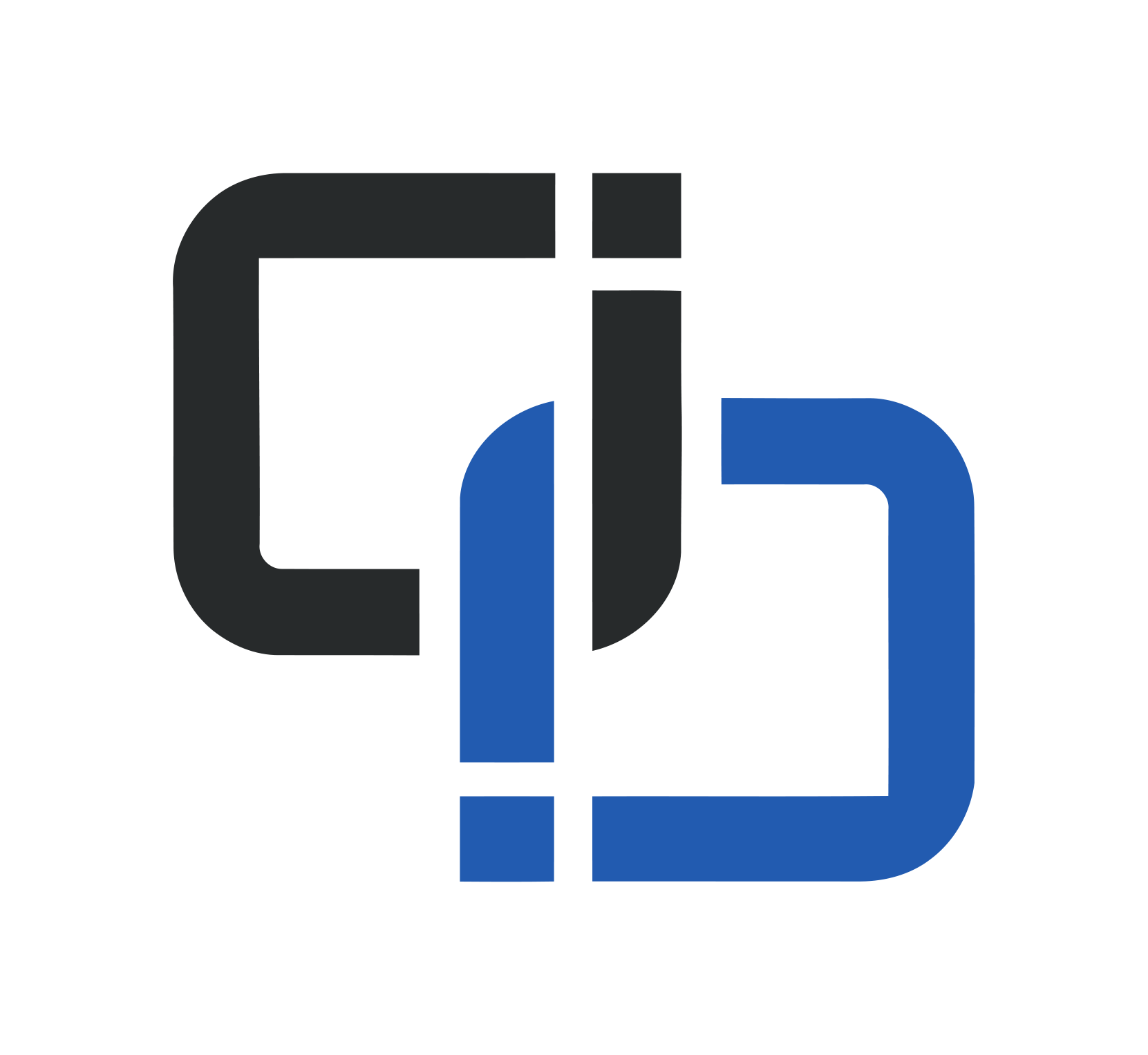Startup Checklist
Last modified by Alexander Mott on 2024/12/02 19:09
This is a broad-strokes checklist for what needs to be completed by a technician for a ShowRunnerCLC™ startup. This checklist is not 100% comprehensive and does not go into detail for each step.
More detailed specifics and troubleshooting information are available in the ShowRunnerCLC™ Startup Guide.
Startup Checklist:
- Before arriving on-site:
- Ensure you have the required tools and software
- Ensure the jobsite is meets site readiness requirements
- Once on-site:
- Configure authentication settings for networked devices
- The Crestron Agent and/or Field Tech is responsible for keeping track of any and all credentials created for a job
- Chief Integrations cannot provide assistance unless the credentials are known
- If credentials are not known, then the only way to access the device is to do a factory reset, which may require redoing the job start-up
- Configure IP settings for networked devices (processors, TSW touch panels, DIN-CENCN-2s, ZUMNET-JBOXs, GLPACs, etc.)
- The Crestron Agent and/or Field Tech is responsible for keeping track of any IP addresses
- Chief Integrations may be able to provide assistance in determining the IP addresses of some devices, but it is not guaranteed
- Configure clock and time zone for processors
- Update firmware for all networked devices (excluding Zūm Net devices)
- Load ShowRunnerCLC™ program, license, and configuration file to the processor
- Load the ShowRunnerCLC™ UI to any touchscreens
- Load the ShowRunnerCLC™ expansion program to any GLPACs
- Configure the IP table for any required devices (TSW touch panels, DIN-CENCN-2s, ZUMNET-JBOXs, GLPACs, etc.)
- Ensure SSL Setup has been performed for devices that require it
- Poll Cresnet/acquire infinetEX devices to gateways and verify devices are online in Toolbox
- Assign Cresnet/RFID IDs to devices and verify they are reporting online to ShowRunnerCLC™
- If necessary, update firmware for any Cresnet and RFID devices
- Update firmware for Zūm Net devices
- See Zūm Wired specific firmware notes
- Verify load schedule and fixture functionality
- Toggle each load individually and verify they dim and switch correctly
- Verify loads are assigned to correct areas
- Assign friendly load labels as necessary
- Use the "Verification" checkbox to add a verified timestamp to the load
- Verify occupancy sensors
- Verify correct area assignments
- Verify correct direct load assignments if necessary
- Adjust timeouts and sensitivities as necessary
- Verify keypad functionality
- Verify correct area assignments
- Verify correct button layouts and functionality
- Configure keypad actions as necessary
- Verify photocell functionality
- Verify photocells respond to changes in light levels
- Assign photocells to appropriate lighting zones and enable for required scenes
- Adjust sensitivity as necessary
- Verify partition sensor functionality
- Verify correct area assignments
- Adjust sensitivity as required for consistent partition detection
- Configure Area-level sequence of operations
- Occupancy/vacancy mode
- Occupied/vacant scenes
- Scene levels
- Complete functionality test (QC, make sure each room functions from an end-user perspective)
- Set up any schedules as required per the sequence of operations
- End-user training
- Configure authentication settings for networked devices
- Before leaving the site:
- Save, pull, and back-up any and all configurations
- If using the Backup feature in ShowRunnerHUB™, be sure to record the secret used when generating the backup. If the secret is lost, it is still possible to retrieve the configuration file but any LWAPI authentication configuration and certain web users will need to be re-created
- Configurations should be backed up to a git repository, cloud storage, offline storage, or any combination of the previous suggestions.
- The Crestron Agent and/or Field Tech is responsible for making copies of the most recent configuration
- Chief Integrations maintains a git repository for all ShowRunnerCLC™ jobs that we ship, and if the end-of-startup configuration is provided then it can be pushed to that repository
- If the updated configurations are not provided to Chief Integrations, then the only configuration Chief Integrations can provide is the configuration shipped with the job
- Save a Device Summary using Device Discovery in Crestron Toolbox
- Use Crestron's Information Tool to generate reports for all devices
- Save, pull, and back-up any and all configurations
